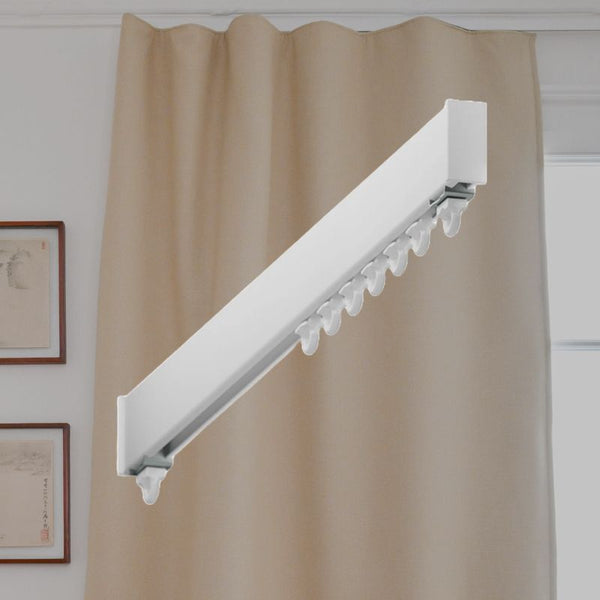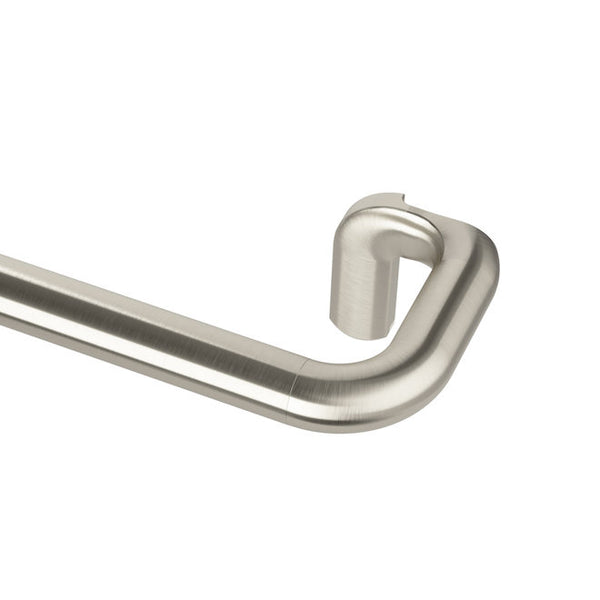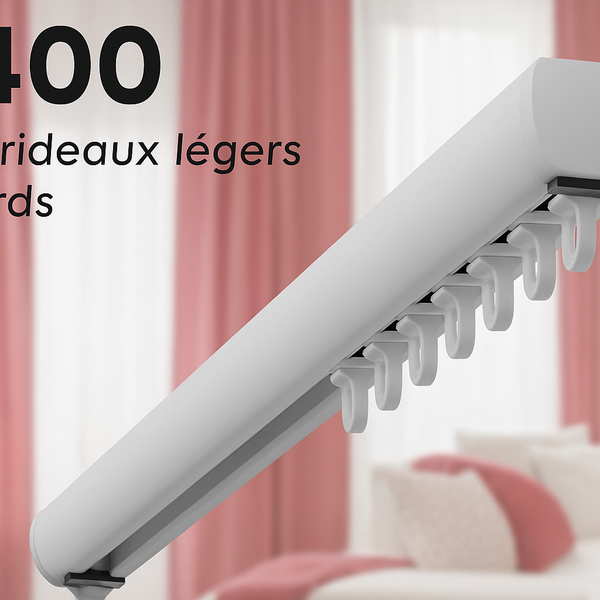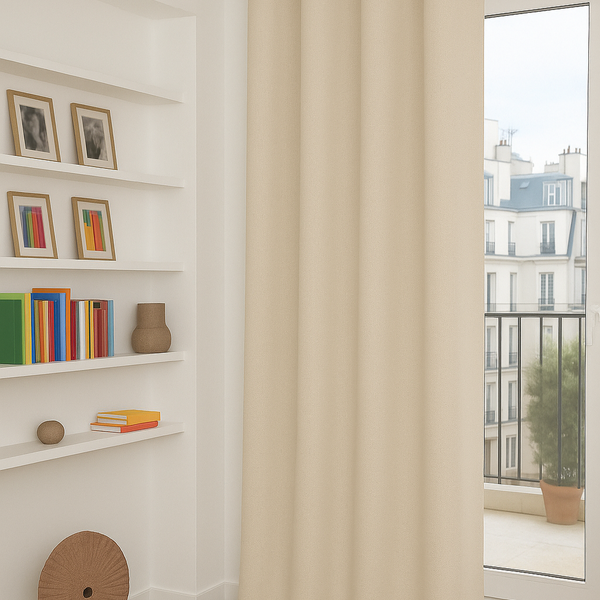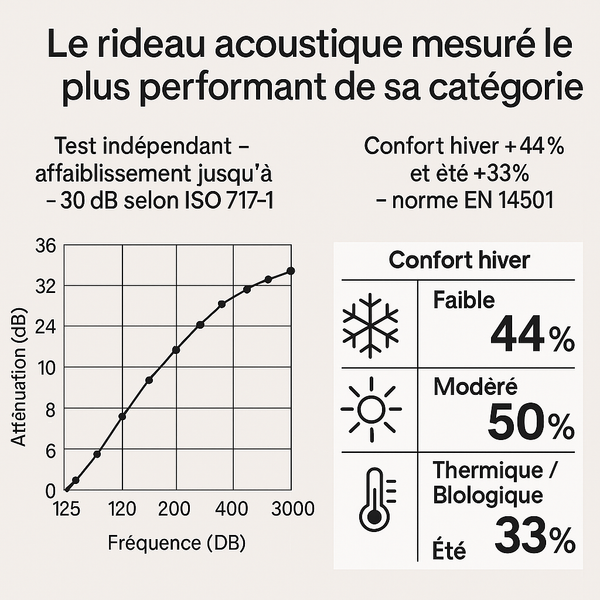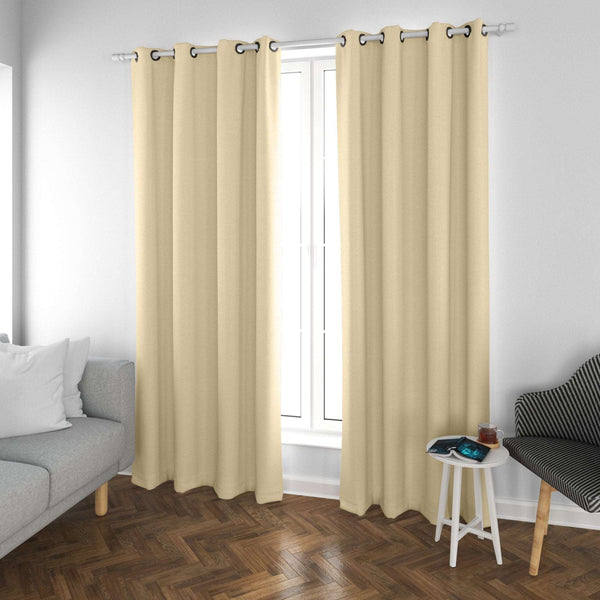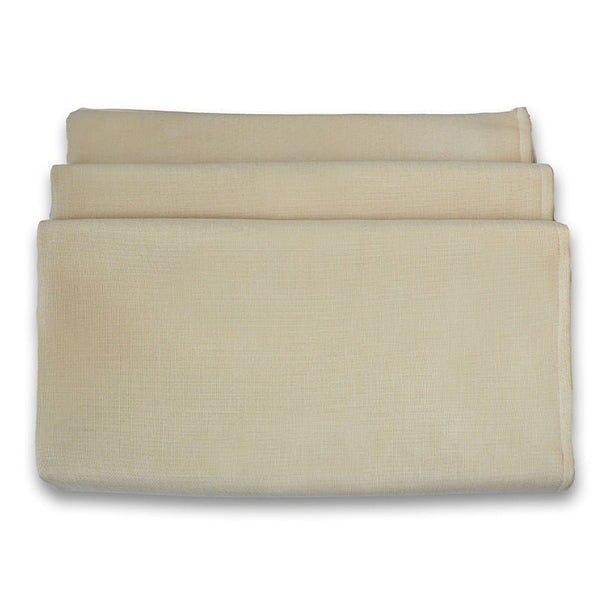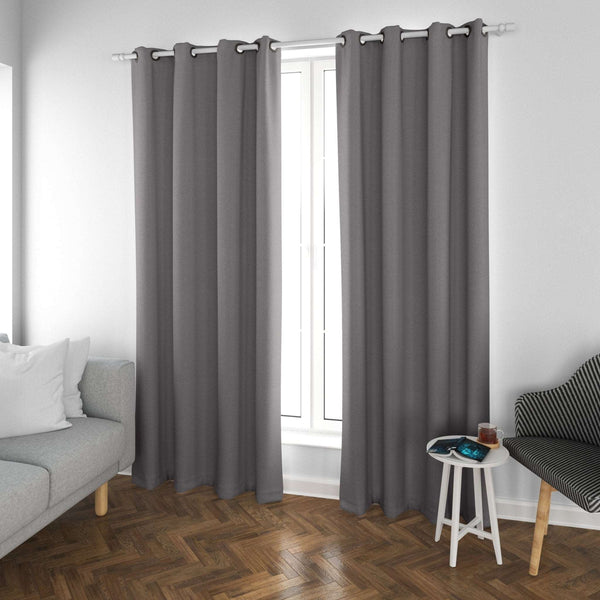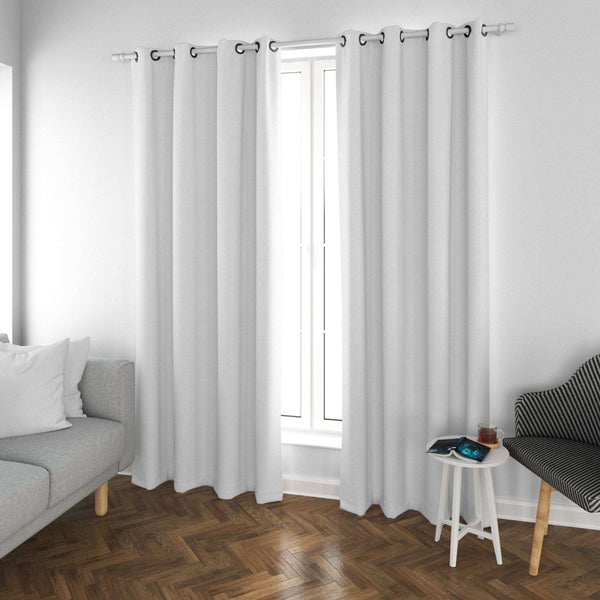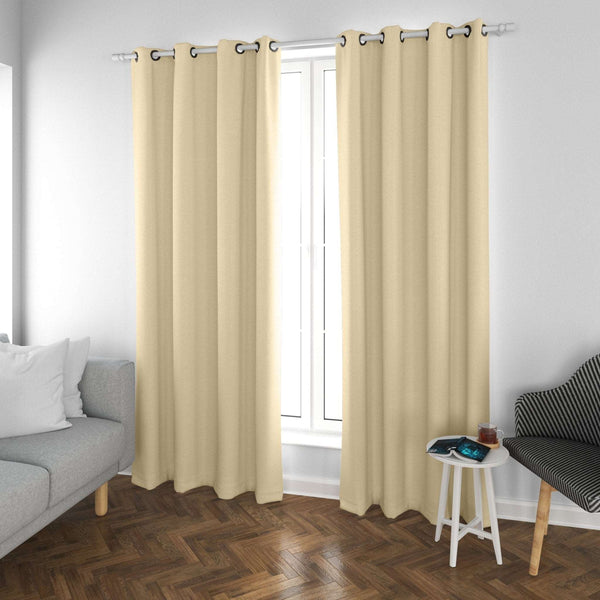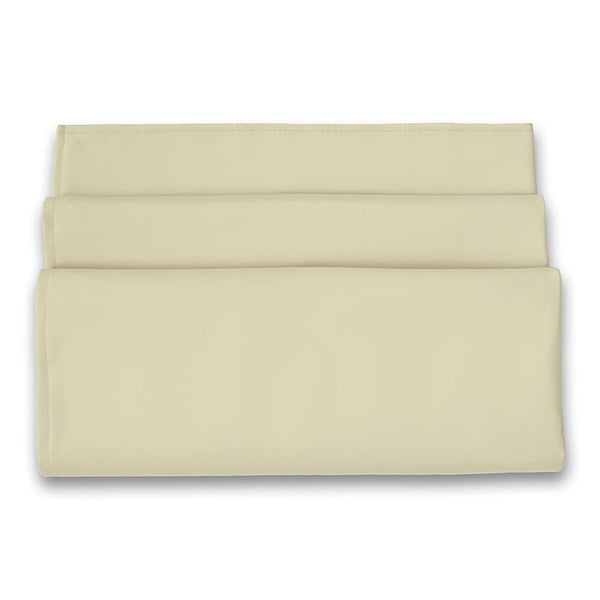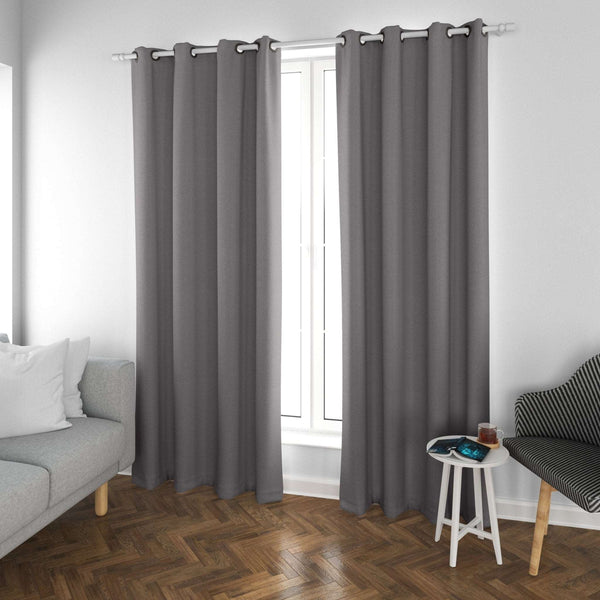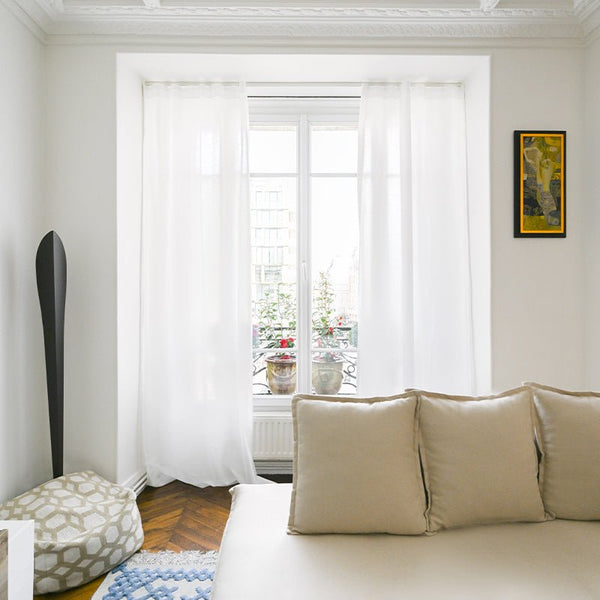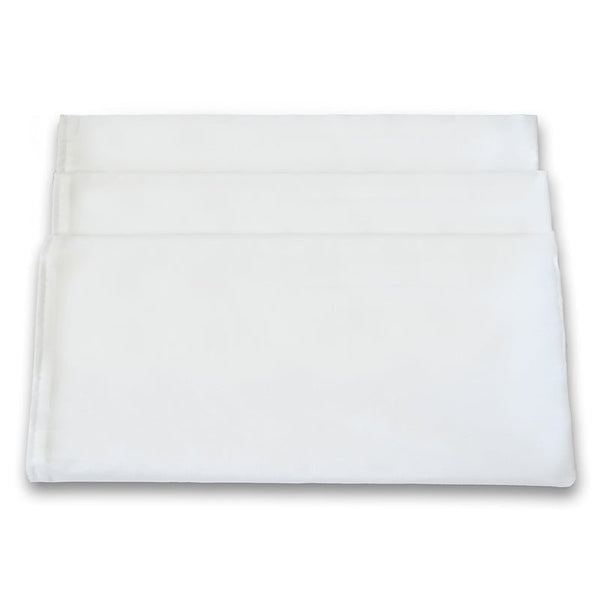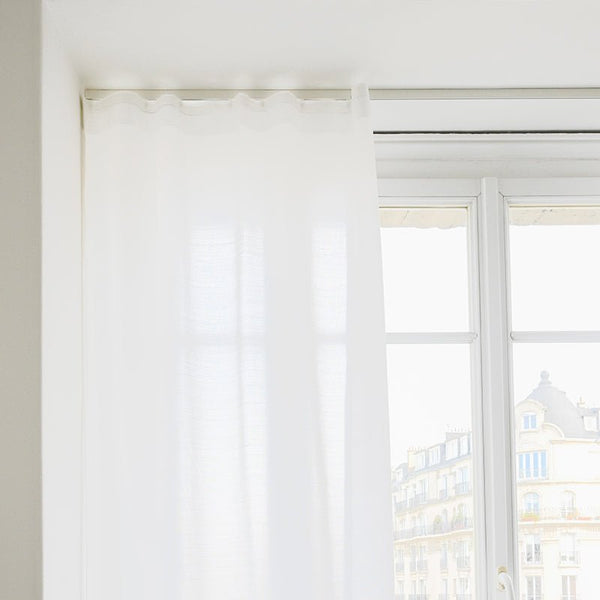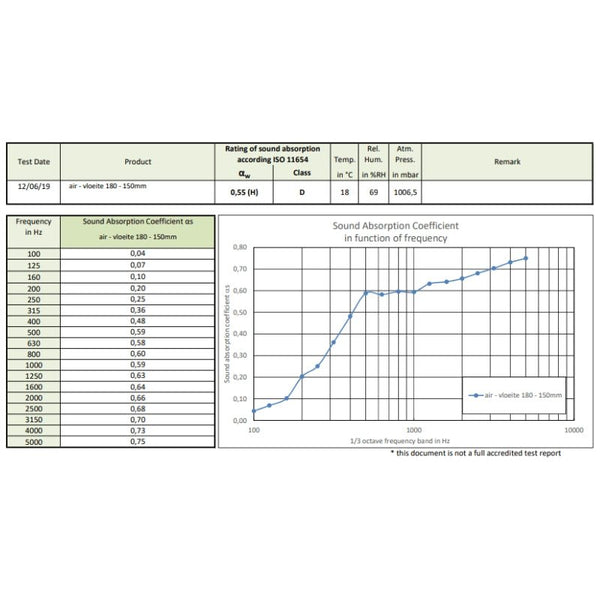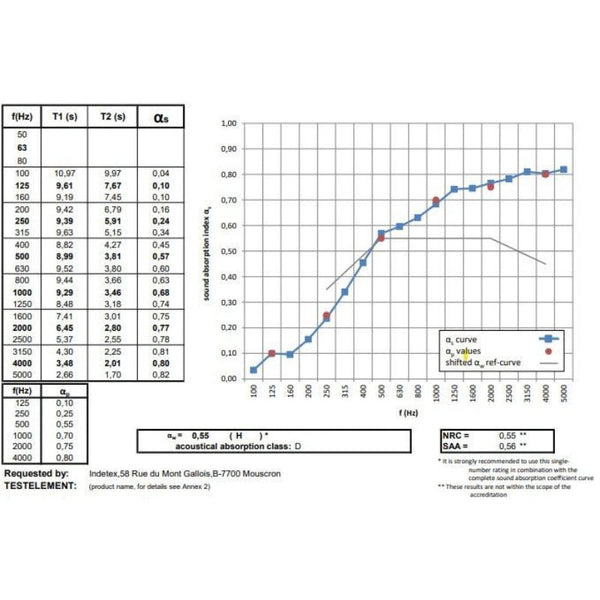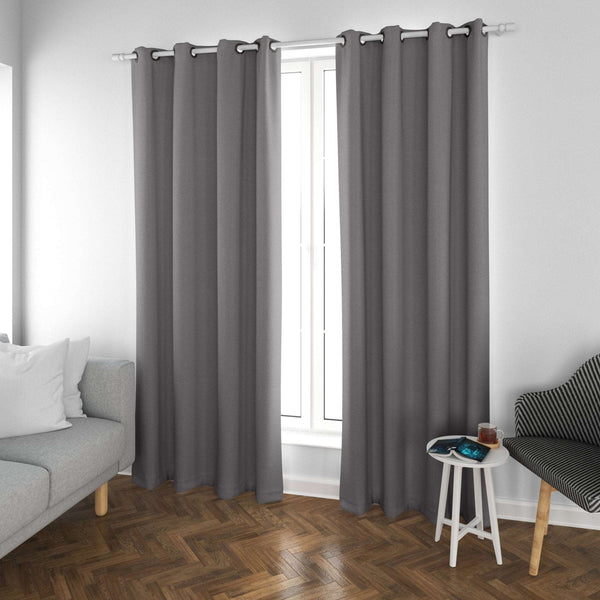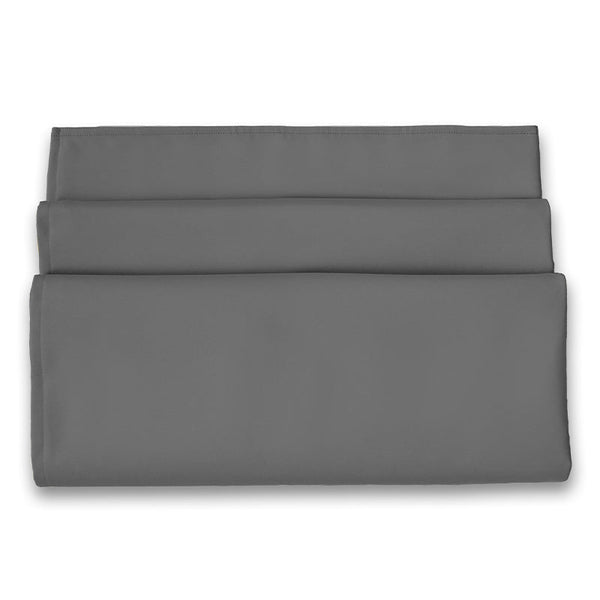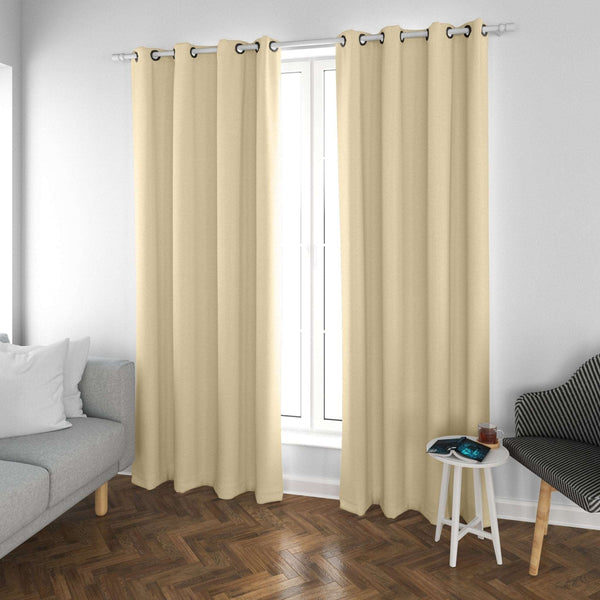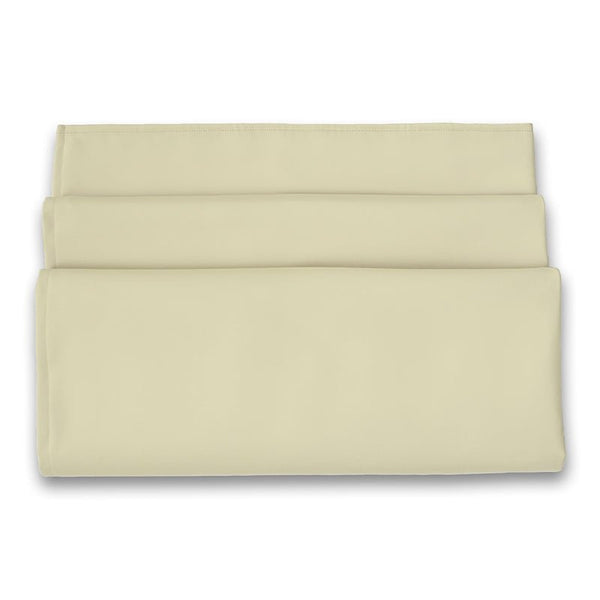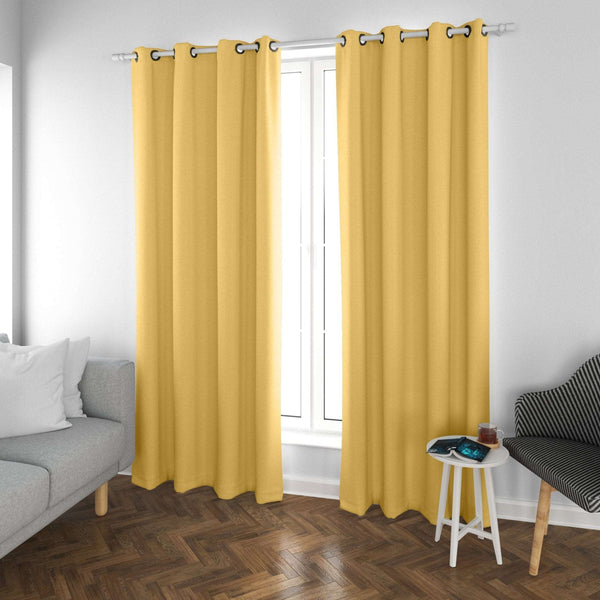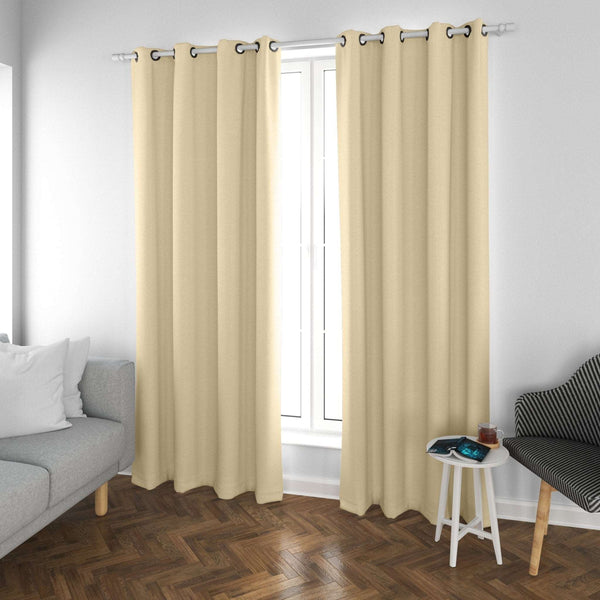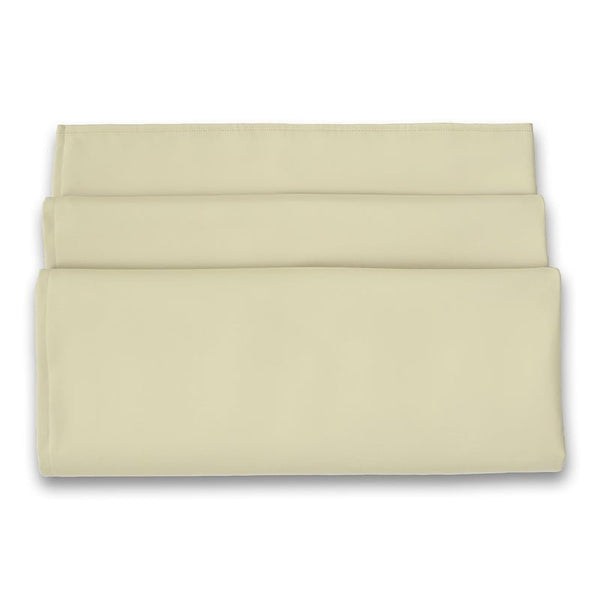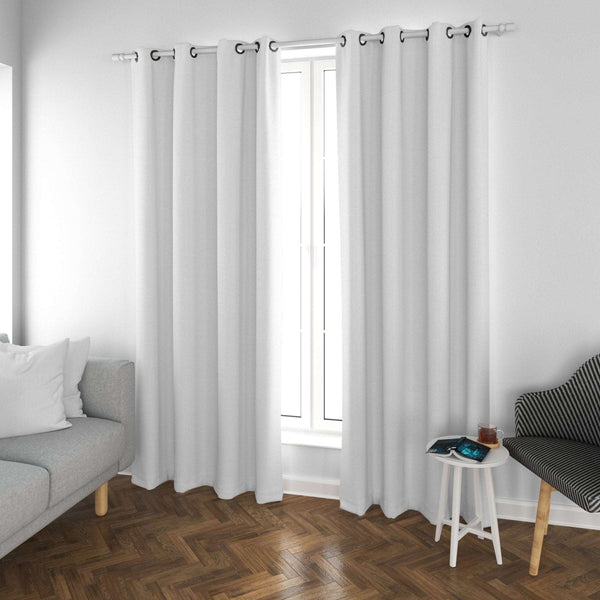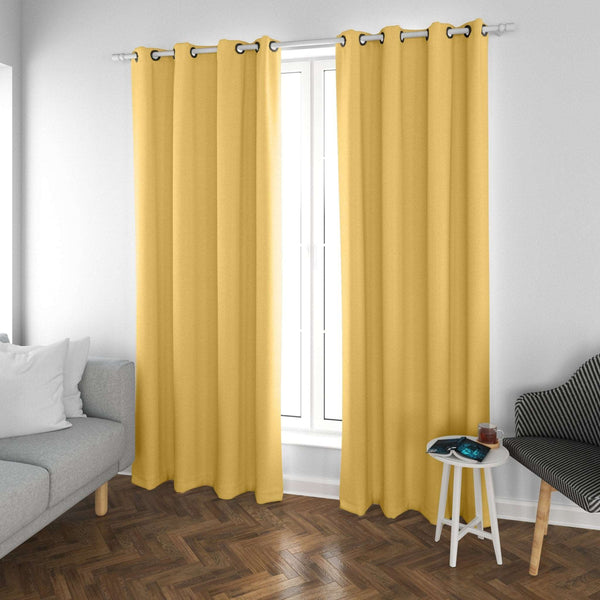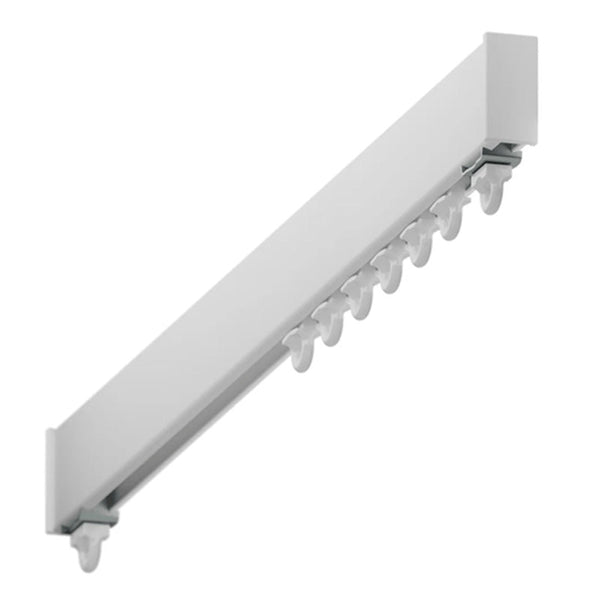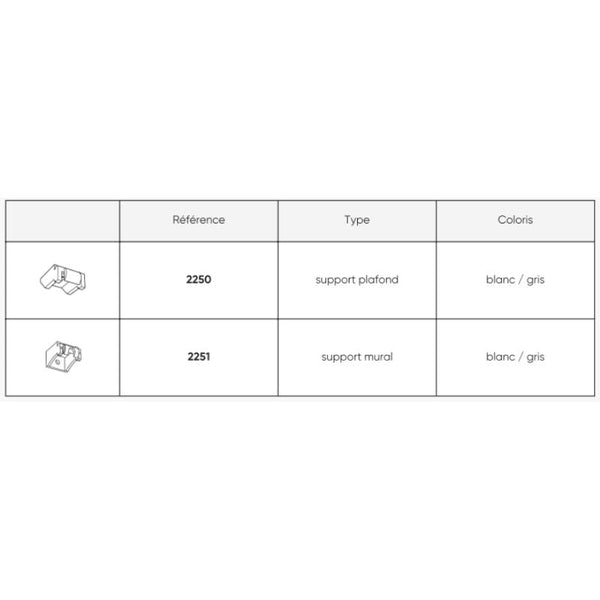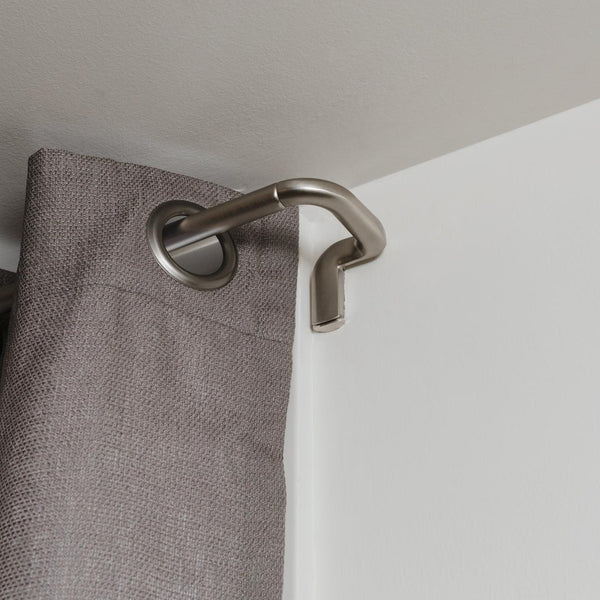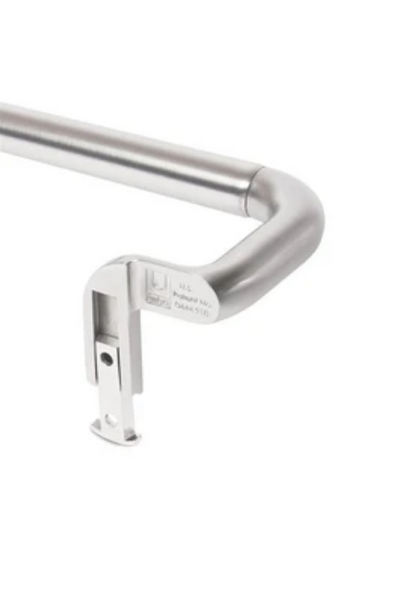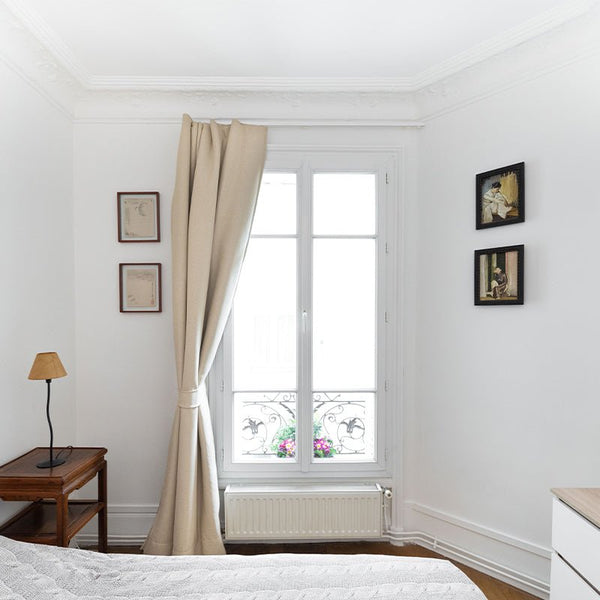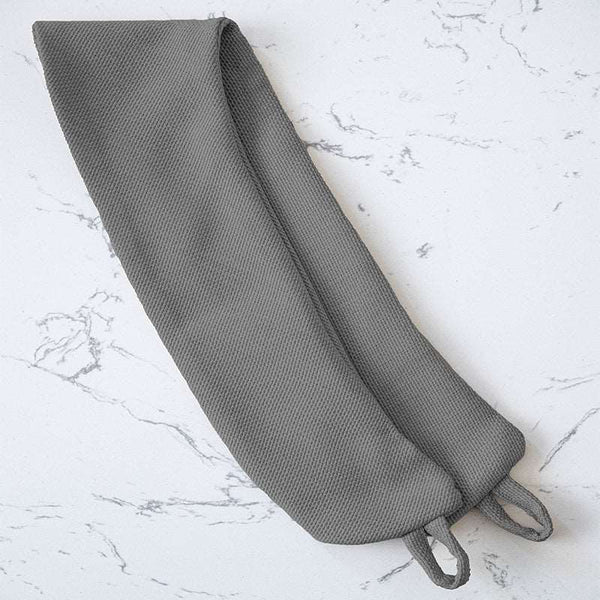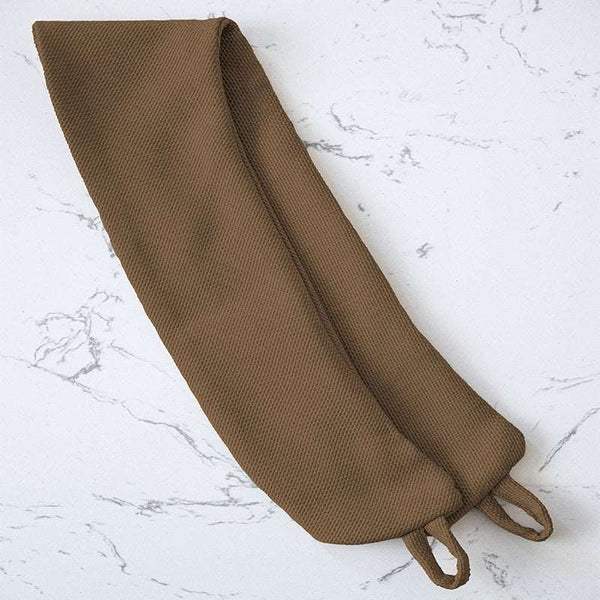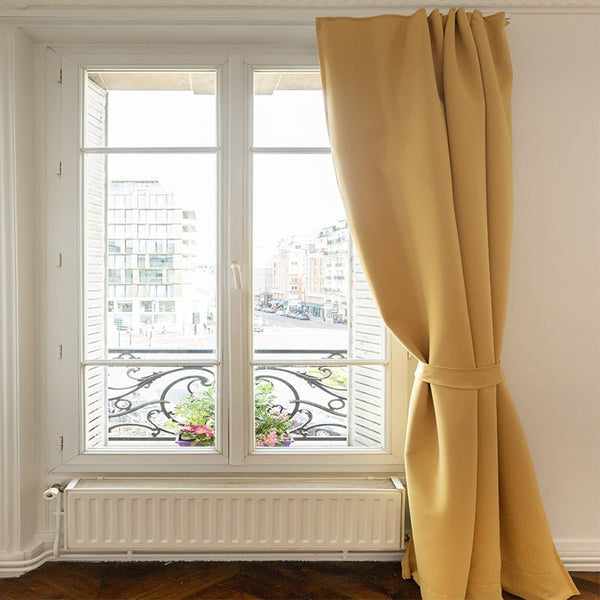In a nutshell: sound cues for everyday life
- 🏠 Pleasant living room: 35-40 dB for serene conversations.
- ⚠️ Maximum tolerance: up to 55 dB for short periods, beyond which it becomes annoying.
Imagine opening the window one morning and being greeted by a gentle calm or the din of the street, window closed or not. It's a familiar scene, and a reminder of just how much the question of acceptable dB noise level tinges our days and nights. The everyday noise shapes our atmosphere, our quality of life, and sometimes our patience and even our hearing. A soundproof curtain can help you regain your peace of mind.
The reference framework for noise levels in the home
Beforesoundproofing a window, it's worth remembering that low noise levels are the basis for sound sleep and rest for everyday warriors. Typically, a bedroom remains pleasant when the volume doesn't exceed 30 dB, and the living room offers hearing comfort below 35 to 40 dB, ideal for discreet conversation. Tolerance rises to 55 dB for a short period during a lively activity, but beware: beyond that, discomfort sets in. New-build homes are required to have a regulatory value of 35 dB with the windows closed.
A reliable sound level meter provides an objective decibel scale based on regular measurements. Avoid the wet-finger method, as ambient noise varies according to source andtime of day. Measuring the noise in each room allows you to react in time if the acceptable threshold is exceeded. Sometimes, it's also the perfect opportunity to show your neighbor that his or her noise level is breaking records, with proof to back it up.
Identified domestic noise sources and their average level
There are many sources of noise in the home that we don't always realize are there. For example, the refrigerator reaches an average of 40 dB, while the washing machine blows the whistle at 55 or even 70 dB when spinning. As for outside traffic, it penetrates softly, oscillating between 40 and 60 dB depending on whether or not the window is left ajar. Even in quiet mode, a TV set set at moderate volume will use its 50 dB to set the pace in a living room.
Did you know? The WHO recommends that average noise levels in bedrooms should remain below 30 dB(A) to avoid sleep disturbance, and that peaks should not exceed 45 dB(A). In the living room, keeping noise levels below 35-40 dB(A) ensures a comfortable atmosphere for conversation.
It's a daily exposure made up of multiple layers of sound competing on thedecibel scale. Knowing these values means you can better control theloudness around you, and reduce nuisance where it starts. Every source has its place on this scale, which runs from morning breath to evening music. By initiating a control program, you can target your efforts where you can make the greatest gains.
Noise thresholds, a practical guide
A quick glance at this chart brings the gauges into focus, useful for revealing the share of each noise source in your environment. The bedroom invites less than 30 dB at night, while the living room aims for 35 to 40 dB to remain pleasant even during a lively aperitif. As for your neighbor, he or she should be careful not to exceed 55 dB during the day, or break the 40 dB barrier at night, failing which it could become a real nuisance.
By setting these thresholds as benchmarks, each household can assess its noise situation and take action before reaching the threshold of pain... or collective patience. The aim is always to strike a balance between hearing comfort, prevention of hearing loss and a good atmosphere with the neighbors. A clear display of these references on the fridge or front door reminds everyone of the thresholds that must not be crossed.
chir.
Home noise regulations and standards

Regulations provide a strict framework for dealing with domestic noise levels, in order to protect public health and preserve order in every room. The French Public Health Code lays down the obligation to respect certain thresholds in dwellings, and specifies the methods of control. The decree of June 30, 1999 takes a particular interest in theacoustic insulation of buildings, setting maximum values that must not be exceeded, especially for new constructions. World Health Organization guidelines sound the alarm at 30 to 40 dB(A) in the rest period, highlighting the relationship between noise and hearing health.
We check with the relevant ministries for updates to standards, as regulations often adapt to the reality of noise. A crucial point is the notion ofaverage exposure, which considers duration as much as loudness. The aim of the standard is to preserve the quality of the noise environment in the home, not only for the peace and quiet, but also for the auditory well-being of all residents. Lack of control or recourse exposes each occupant to litigation or sanctions, adding a layer of responsibility.
Noise nuisance and offences in condominiums
Disturbance of enjoyment enters the arena as soon as noise becomes persistent or excessive, even during the day. Noise at night, especially outside authorized working hours, can be costly, as the law stipulates! The Penal Code imposes a fine for non-compliance, but mediation or recourse to ANIL often prove effective in defusing the crisis. We can't stress this enough: dialogue first, then carefully preserve all evidence in the event of prolonged background noise.
The condominium bylaws, which vary from building to building, define acceptablenoise levels and authorized times for work or live music. In every conflict, it's essential to know your rights, and sometimes even to explain the notion of noise nuisance to your neighbors. A good dose of diplomacy and a pinch of regulation calm most noise storms. Only if local solutions fail do you have to go to court, but it's best not to come to that.
Situations where thresholds are exceeded and solutions
The reality of noise levels is that an unregulated fan, an evening of music or heavy traffic can pulverize maximum values in a matter of minutes. When the meter reads 60 or 70 dB, it's time to take action, because the risk of nuisance increases (and your good mood melts like snow in the sun).Installing insulating materials, soundproofing and double-glazing are classic preventive measures. In the event of a wild concert or night-time jackhammering, mediation is called for before filing a complaint.
There's a solution for every situation, and responsiveness often makes the difference in preventing thehealth effects (stress, fatigue, even sleep disturbance) from taking hold. We also remember to check our installations regularly with a reliable sound level meter, so that nothing is left to chance. The key is to act early on sources of noise, rather than letting them build up over the days. Vigilance at night is essential, as sleep quality depends on it.

Best practices for a healthy sound environment at home
Preventive measures to limit noise pollution
Some simple actions, such as laying carpets, installing glides under furniture or opting for soundproofing materials, reduce the risk of noise nuisance on a daily basis. Regular maintenance of household appliances avoids the unpleasant surprises of high noise levels or untimely vibrations. And don't forget to comply strictly with the rules and regulations governing authorized noise activities. In the end, these gestures make community life easier and keep the noise environment below the famous thresholds.
When I moved to the city center, noise quickly became a source of fatigue. On the advice of a neighbor, I installed thick carpets and set up the washing machine correctly. Since then, the atmosphere has calmed down and every evening finally feels like a real break, even in the midst of the hustle and bustle.
Noise measurement and control equipment
To check the sound level nothing beats a well-tuned home sound level meter, the ideal companion for those who love precise measurement. Some prefer a volume limiter for music, to ensure compliance in living rooms or the workplace. Mobile applications validated by consumer associations offer extra solutions for daily evaluation and rapid display of values. It is advisable to take several measurements, at different times, to get a true picture of the hearing situation in each room.
And what if the noise gets the better of you?
Lasting calm depends on everyone's efforts, regular assessment and human reactions adapted to the context. We need to act quickly on the source of the noise before we can hope to restore the perfect sound balance. If, despite everything, the feeling of discomfort persists, don't forget that solutions do exist, from simple dialogue to acoustic renovation, right through to mediation to preserve the taste for living together. And you, are you ready to proudly display your acceptable decibel level so that your home remains a serene refuge, even in the heart of the city or busy activities?
Nokomis: precision acoustics for your environment
For all your noise reduction, sound insulation and acoustic improvement needs, Nokomis offers innovative, elegant, tailor-made solutions. From acoustic curtains to complete room sound treatment, Nokomis optimizes sound comfort in your home, office, open space or professional establishment.
Respecting every standard, Nokomis analyzes, advises, installs and guarantees effective results: lower noise levels, reduced nuisance, regulatory compliance. Thanks to their expertise, your acoustic project benefits from a personalized study, installation and follow-up. Rely on Nokomis for high-quality, aesthetic and durable soundproofing.
Our answers for acceptable DB noise levels
How can we reduce noise in the workplace?
To reduce noise in the workplace, we first need to measure noise levels with a sound level meter and assess exposure. Installing soundproofing, limiting exposure time, wearing personal hearing protection and organizing premises to keep noise sources away are all effective actions that comply with current regulations.
What noises are considered dangerous?
Noise is dangerous when it exceeds 80 decibels (dB) in prolonged exposure: jackhammers, concerts, traffic, industrial activity... Above 85 dB, the risk of hearing damage increases. Above 120 dB (pain threshold), the effect on the human ear becomes immediate and potentially irreversible.
What are the noise regulations?
Noise regulations, in companies as in all establishments, set limit values for exposure to noise (80 to 85 dB over 8 h): prevention obligation, display of noise levels, provision of hearing protection, and regular assessment of acoustic risk in accordance with the Labor Code or public health.
How do you measure sound levels?
Sound levels are measured using a sound level meter, the reference tool for assessing decibels in a room, hall or street. Place the device close to the sound source, analyze the duration and intensity, and compare the values obtained with the decibel scale. Accurate assessment is essential for prevention.What are the health effects of noise?
Noise has a number of health effects: hearing loss, sleep disorders, stress, discomfort, fatigue, concentration problems and cardiovascular risks. Prolonged exposure or high noise levels can lead to irreversible hearing damage. It is therefore crucial to limit exposure and protect hearing.What is the acceptable noise level in dB?
In general, the acceptable noise level in a working environment is 80 dB for 8 h/day exposure. For a normal conversation, this is 60 dB. Above 85 dB, the employer must take action: personal protection, sound insulation measures, and informing employees of the risk.
